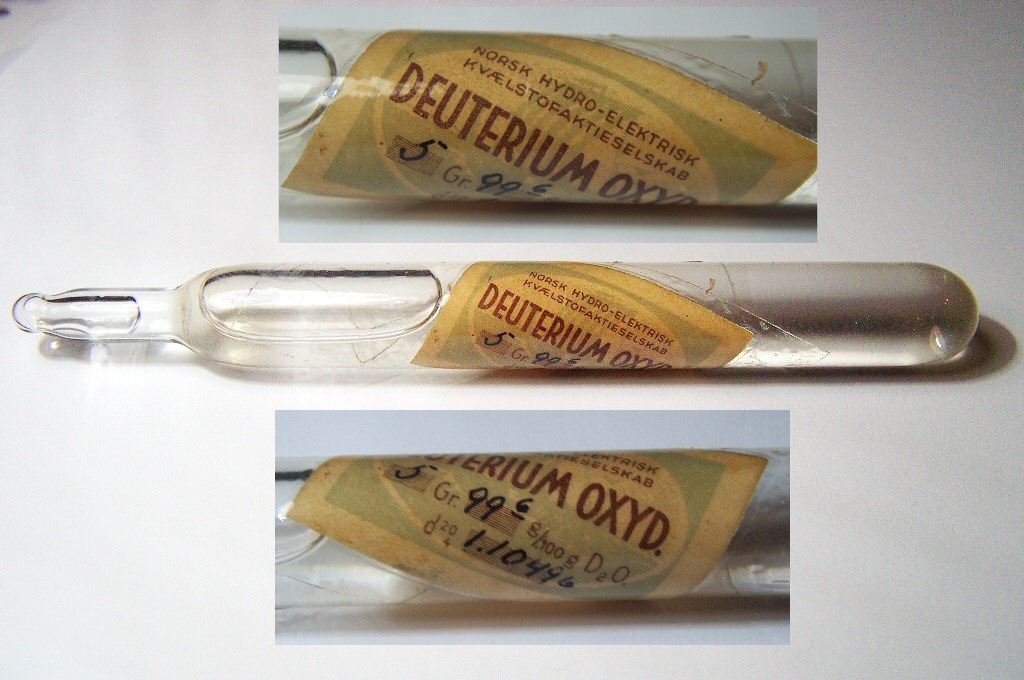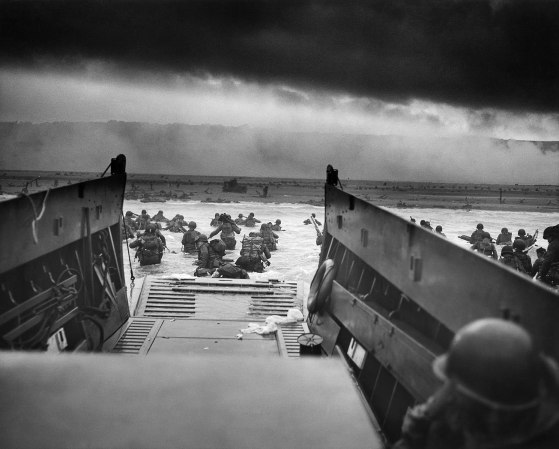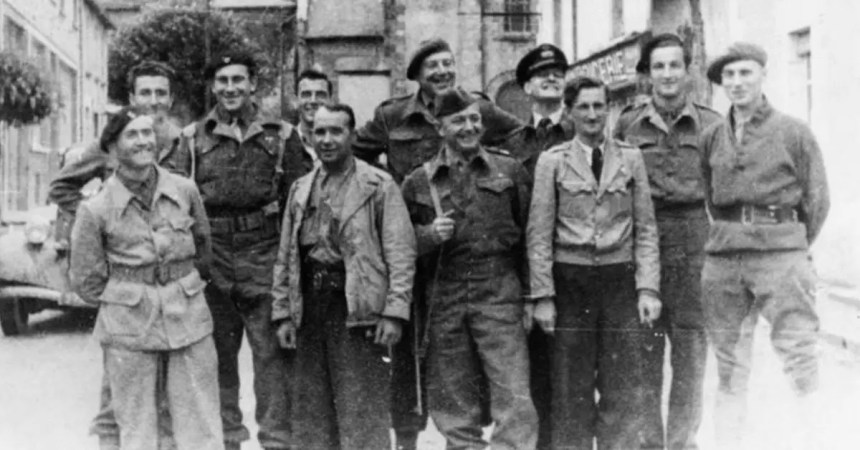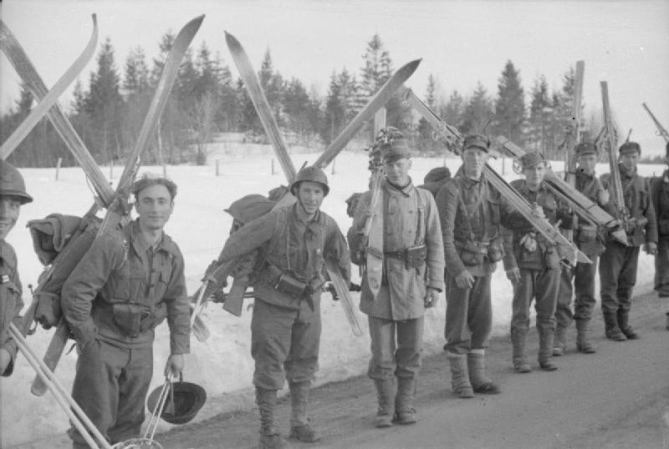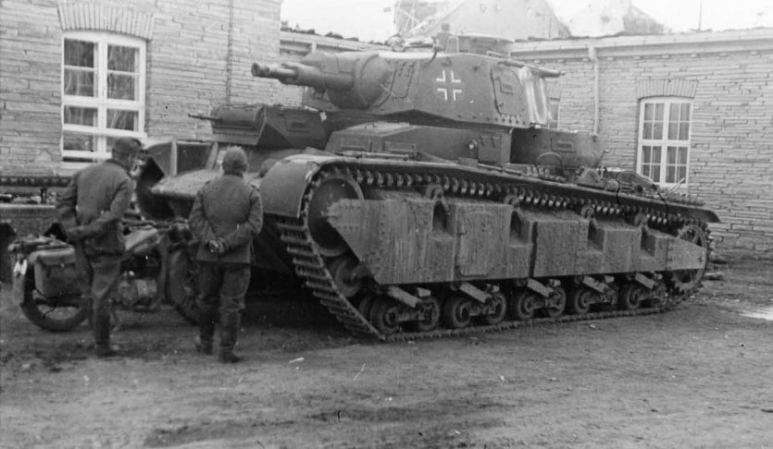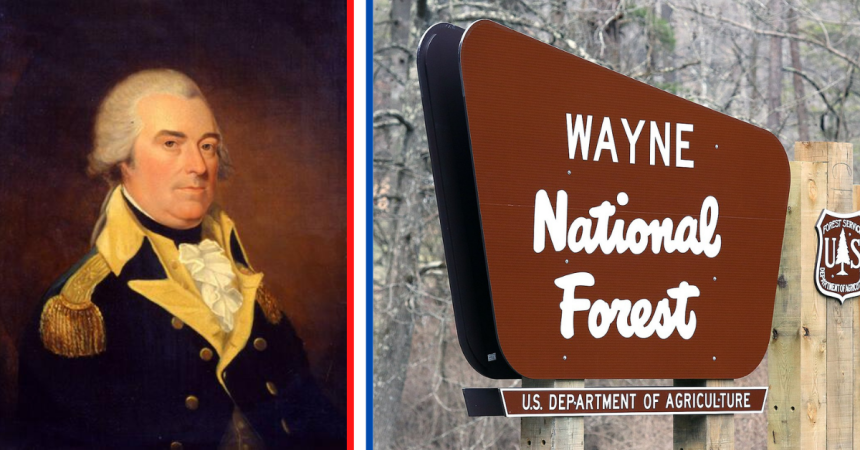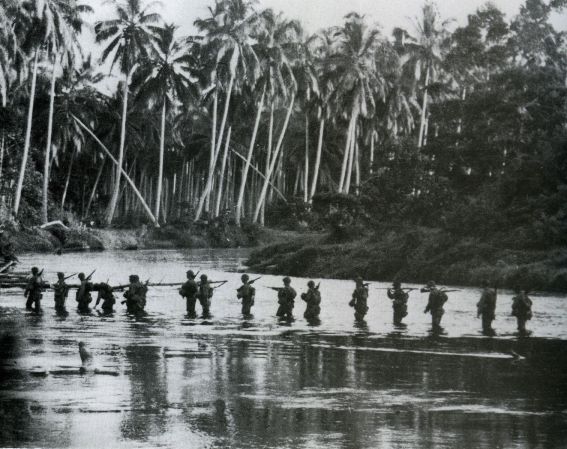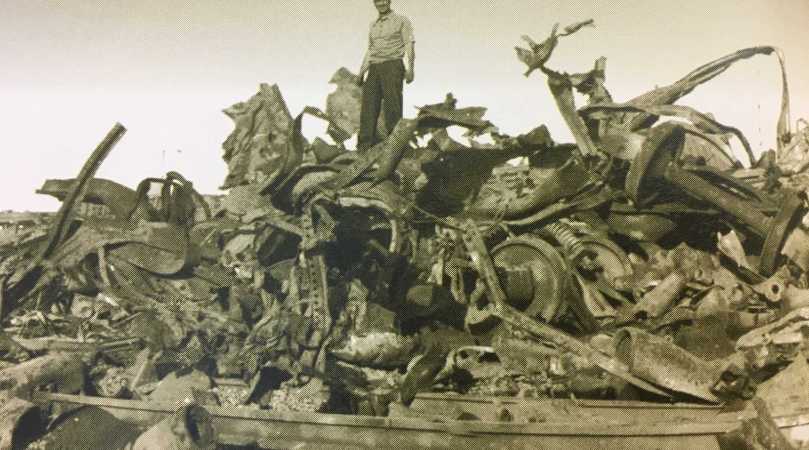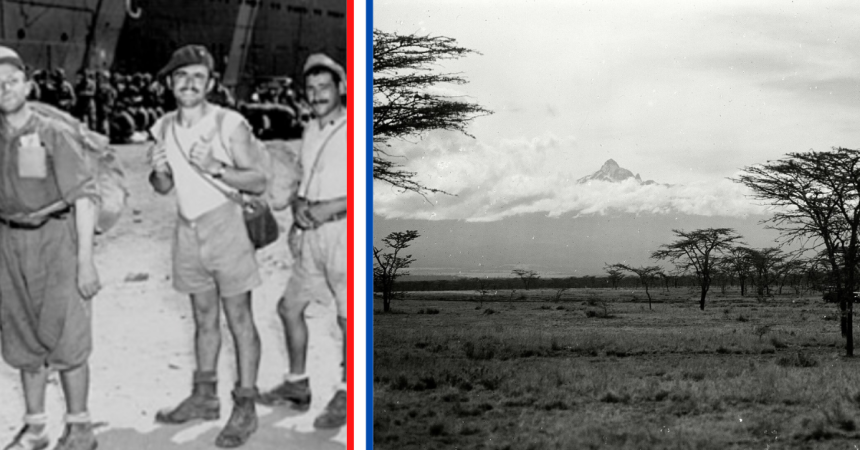Though it’s noted as a sabotage of extreme progress, it’s one that is rarely talked about outside of history classes. What makes the mission so noteworthy, however, isn’t just that it was pulled off (almost without a hitch), but the unique nature of the idea itself. The enemy likely had no idea this attack was coming their way. Known as Operation Gunnerside, the overall parent project was named The Norwegian Heavy Water Sabotage. Yes, you read that correctly, heavy water.
It went like this:
During World War II, Germany was producing “heavy water” via hydroelectric plants in Norway. This heavy water was used to create a heavy hydrogen isotope and can be used in nuclear reactors and to create atomic bombs. Essentially, German scientists used it to create critical mass in making atomic bombs, while Americans achieved a similar outcome through different methods.
The goal was to destroy all heavy water in Nazi control, as well as Nazi-occupied hydro plants.
What is Heavy Water?
It was made of water, whose hydrogen atoms are deuterium, or hydrogen 2 AKA “heavy hydrogen,” rather than “normal” or hydrogen-1.
Heavy water is 10.6% more dense, has a higher boiling point, and does not hold a blue tint that normal water holds.
Heavy water was found in 1933 at the Norwegian Institute of Technology, where they planned to separate out the substance, using hydropower as a source at the Norway plant, Norsk Hydro. The project was underway by 1935, prior to Germany taking over the area in 1940.
The Operation Gunnerside mission
In October of 1942, Operations Grouse and Freshman were unsuccessful at attacking Nazi stocks of Heavy Water. Instead, it alerted them to the plan, which caused them to hide in the mountainside, along with their protected stash. Mines and other security features were placed around the plant for added protection.
Then in February of 1943, Operation Gunnerside was launched. Norwegian were dropped via parachute, then repelled into the plant’s ravine. Upon entering the plant, soldiers blew up heavy water containers. In all, more than 1,000 gallons and the machines used to make heavy water were destroyed. The soldiers escaped without a hitch.
However, this wasn’t the end of the hydro plant, though its stash had been depleted, the building itself was still safely standing. To remedy this, The United States Army Air Forces, planned a series of air raids. In daylight, more than 700 bombs were dropped on the Vemork Plant. Another plant was also attacked by the Air Force. Rather than fight back, the Germans decided to move their supplies to Germany, however, their plans were intercepted. A bomb was planted on the transferring ferry, which exploded the night of February 20th.
Years later in 2005, divers found a barrel, labeled “26” at the bottom of the lake; its interior was tested and proven to be heavy water, confirming a successful mission, some decades later.

